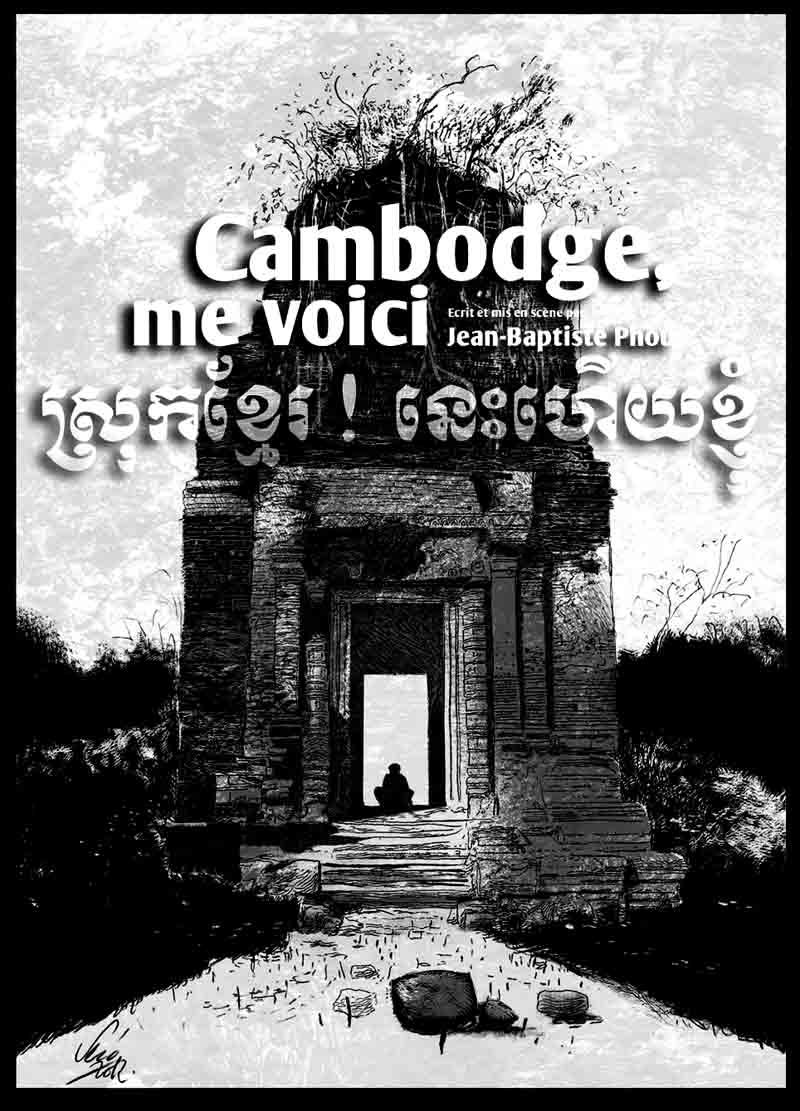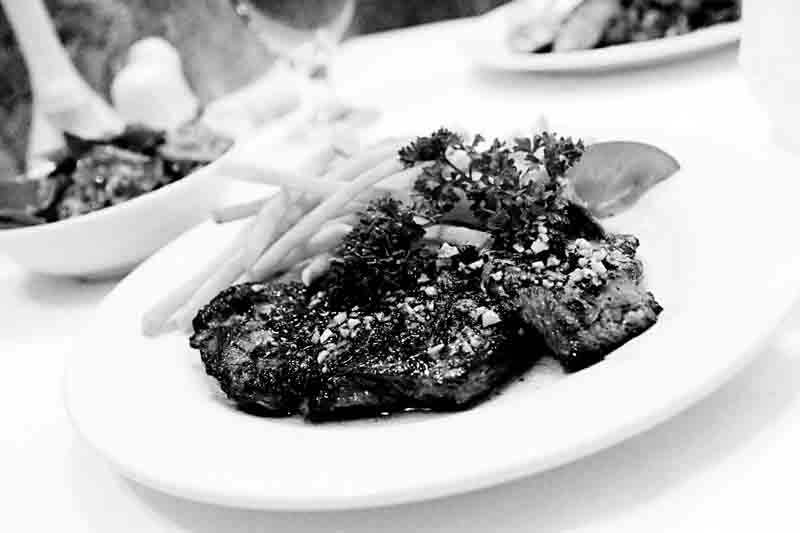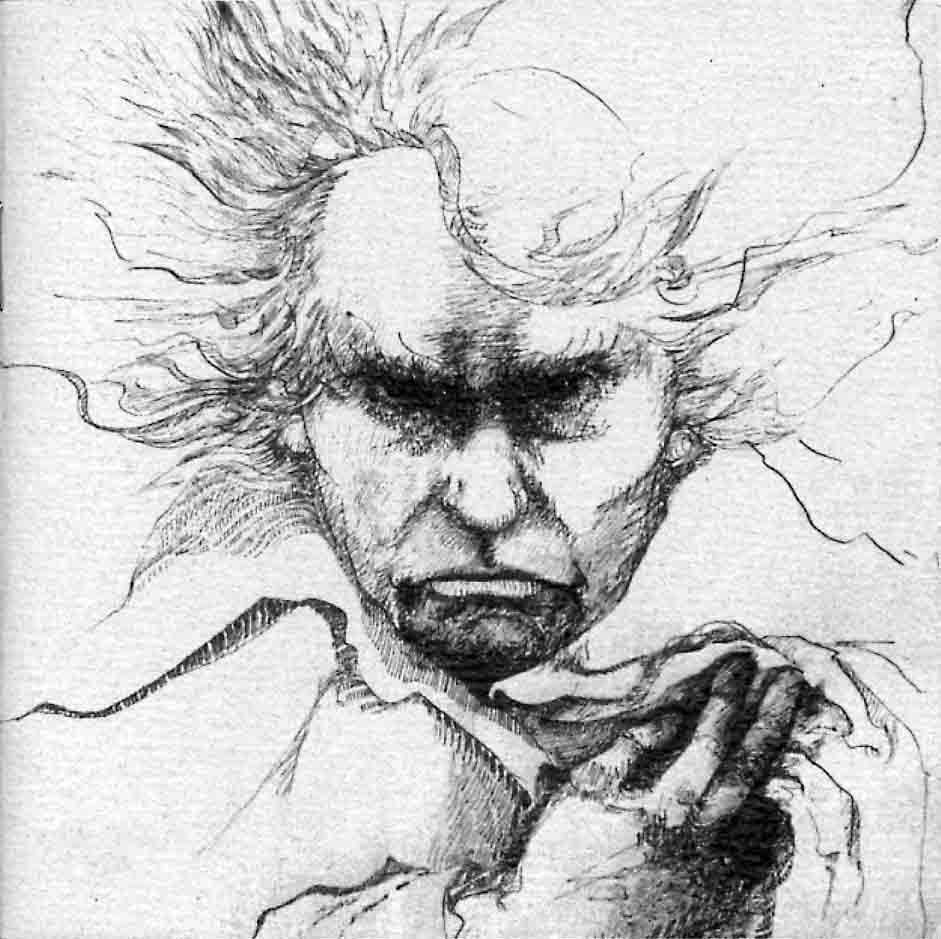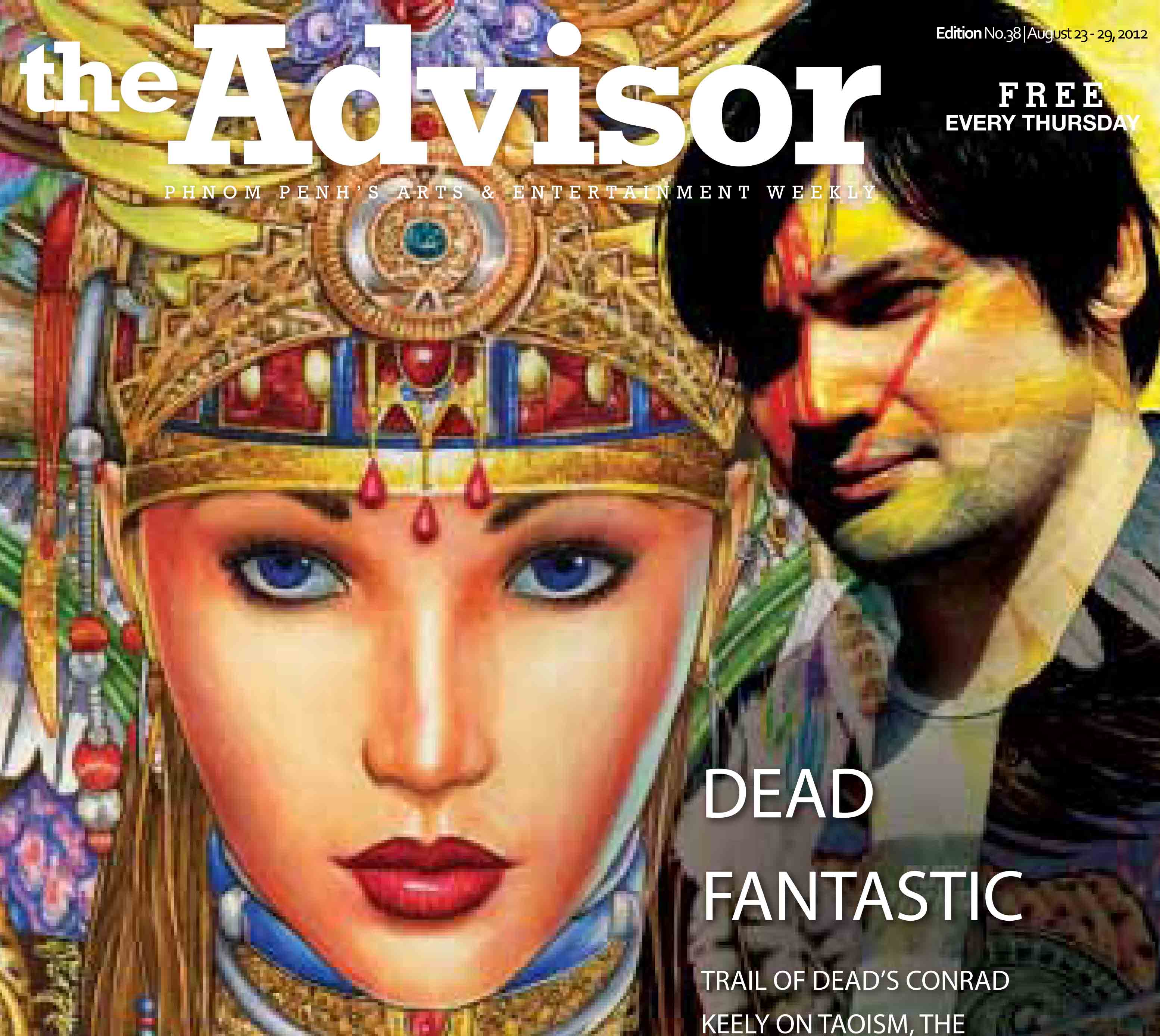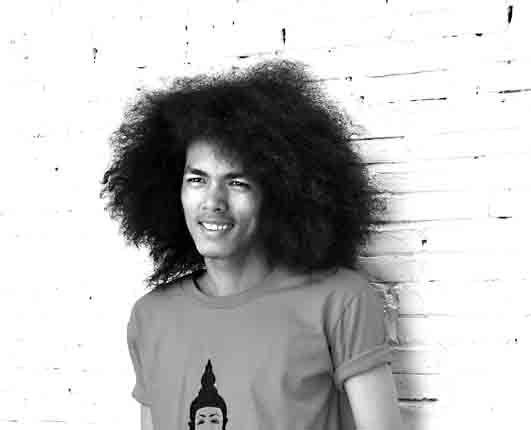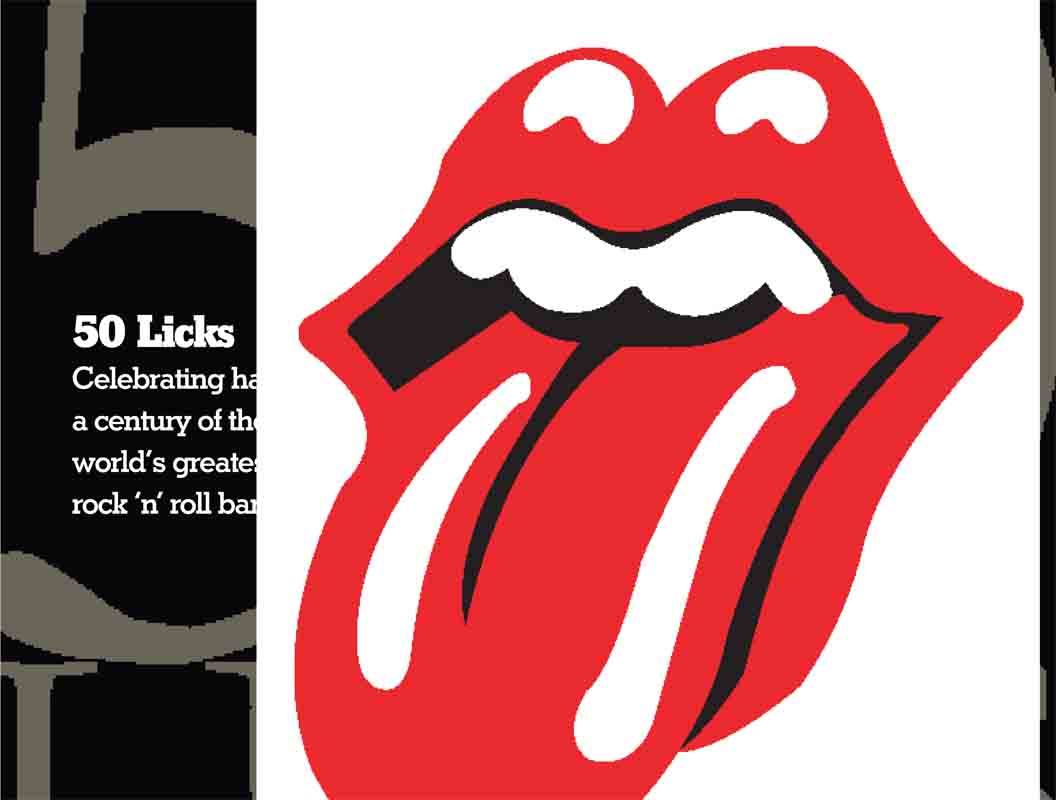12th Planet, the don of US dubstep, on ancient aliens, chicken and wobble, and what to do when the world ends
EARTH TO COLLIDE WITH NIBIRU ON NOVEMBER 21, 2012! The headline – writ large in block capitals, lest readers underestimate just how swiftly the human race is to be snuffed out – first appeared on weeklyworldnews.com in June of this year. But before you go barricading yourself into an underground bunker/drinking yourself to death with Hershey’s chocolate syrup/seizing the pre-apocalypse chance to carve your ex-lovers up with a chainsaw, perhaps a little context is in order. Not only does the headline appear next to a story announcing the world will in fact end a full month earlier, the same site also declares that Mitt Romney is running for president of Facebook and Joe Biden has joined outlaw motorcycle club the Hell’s Angels.
Confused? You’re not alone. And neither, according to controversial Azerbaijani-born American author Zecharia Stitchin, are we – at least in the ‘human race descended from ancient aliens’ sense. For Nibiru, according to Stitchin, is a giant planet first identified by Babylonians that passes Earth every 3,600 years, allowing its ‘sentient inhabitants’ to drop in for the intergalactic equivalent of a quick cuppa. It was during one such fly-by that the occupants of this so-called 12th planet grew tired of plundering Earth for its raw materials and so genetically engineered us, homo sapiens, to do the heavy digging on their behalf.
Or so the legend goes, for the late author’s theories have been derided by almost every member of the world’s scientific community (as Brian Switek writes on Smithsonian.com, referring to the History Channel’s Ancient Aliens series, “I had a feeling that if I watched the show – which popularises far-fetched, evidence-free idiocy about how human history has been moulded by extraterrestrial visitors – my brain would jostle its way out of my skull and stalk the Earth in search of a kinder host. Or, at the very least, watching the show would kill about as many brain cells as a weekend bender in Las Vegas.”).
Still, the beliefs persist – so much so that the man credited with introducing dubstep to America, Los Angeles-based John Dadzie (due to play at Pontoon this week), actually named himself after Stitchin’s fictional object. 12th Planet, as this West Coast junglist is now known, counts ancient aliens among his inspirations and in January released an EP with the ominous-sounding title The End is Near! We invaded his inbox to talk hamburgers, boots-in-a-dryer dubstep and how to go out with a bang when – and if – the world finally ends.
Inspired by ancient alien stories, eh? Tell us about the first time you picked up a copy of Zecharia Sitchin’s first Earth Chronicles book, The 12th Planet.
Ha ha! I had the name 12th Planet before Ancient Aliens episode one aired. I originally received the book around 2003 from DMC champ DJ Craze’s wife, Ros. The book pretty much changed my life.
The head of the European Space Agency once told me he’s convinced life exists on other planets, even if it’s just microbial. Do you have a theory on the existence of extraterrestrial life? What might it look like? And what would you do if aliens tried to abduct you?
I feel there is life out there 100%. And if it does exist on a terrestrial planet like ours, then I would assume that they would have a similar make-up to human beings. I would even go as far to say that extraterrestrial life probably walks among us right now.
Will.i.am of the Black Eyed Peas has just made his intergalactic debut with a song of his broadcast from the Mars rover Curiosity. Any plans to send your music to Nibiru?
My music is a direct message from Nibiru.
The subtext of The End is Near! EP: if the eschatologists are right and 2012 really is the end-date of a 5,125-year-long cycle in the Mesoamerican Long Count calendar, how would you go out with a bang?
I’m not sure if the world will truly end on December 21, but I can tell you that I’ll be performing at the Piramides de Cholula in Mexico with Skrillex and Nadastrom. If the world ends that day, I’m glad I got to celebrate with a great group of individuals.
Skrillex: he’s your best mate. Tell us about the vibe between you two.
I love working and hanging out with Skril! He’s an awesome person and inspires me to be a better producer, person and performer at all times.
What are your memories of when your mum bought you your first radio cassette, which you once described as the best thing that ever happened to you?
I think my first cassette single was Young MC’s Bust a Move, or Kool Moe Dee’s I Go To Work. I remember being so happy I could play the songs whenever I wanted, without having to wait for them to come on MTV or the radio. It was a great day.
From drum ‘n’ bass to the equally bass-centric dubstep: what exactly is it about bass that reaches parts other frequencies can’t?
I think DNB and dubstep are pretty much cut from the same cloth. The over-emphasis on low frequencies gives you a sort of fight-or-flight response. For instance, when you hear a fighter jet fly over and all of a sudden you get this feeling in your stomach like ‘Prepare, something is about to happen.’ This is the same feeling you receive on the initial impact of a big dubstep/DNB drop.
You’ve said the biggest misconception about dubstep is that “it’s only made up of chicken and wobble”. I laughed out loud when I read that. Can you explain? Also, how is the sound evolving?
I was making a reference to a famous American dish called chicken and waffles. I should have used a different metaphor for this quote. Dubstep is like a hamburger: sure, meat and bread are its prime ingredients, but it’s what you add to the burger that makes it different. With that said, dubstep will always have the two main primary elements, bass and drums, but it’s what you add to it that makes the genre evolve. Korn, Asking Alexandria, and Hollywood Undead added heavy metal and all made revolutionary advances. James Blake, Usher and Bieber gave it a pop edge and now people who would have never listened to dubstep have an idea of what the music is. The list goes on and on, and will continue to grow, as long as people are up for a change of the taste of the hamburger they’re eating.
As the man who brought the British dubstep movement to the US, inspired by BBC Radio 1’s Mary Ann Hobbs, you’ve been hailed as ‘The don of American dubstep.’ Are you blushing right now?
I wouldn’t say that I brought the movement to the US, because there were guys pushing the music long before me. I gotta give it up to people like Joe Nice, Dave Q, Matty G and Juju for really laying down the initial groundwork. My partner in Smog, Drew Best, once told a magazine from LA that I was the “Johnny Appleseed of dubstep; sure there were apples before Johnny, but now there are orchards.”
You’ve said you’d love to work with Rage Against The Machine. What is it about them that gets you going?
RATM taught me to think outside of the box and to question authority. The Evil Empire inner CD had a picture of 50 books that I tried to read all throughout high school and my early adult life, to understand other perspectives on life. It helped me find books like The Anarchist Cookbook, Guerrilla Warfare, Art of War, Wretched of the Earth, and so on and so forth. So for me to work with them would be an incredible experience, because that band was one of my initial true inspirations to become a better man through music.
Reasons (Doctor P Remix) was named one of the ‘30 Greatest Dubstep Songs of All Time’ by Spin magazine. Did you have a hunch it was going to be that big?
At the time I commissioned the Doctor P remix of Reasons, I would have never imagined the magnitude that the remix would have. I was looking for a more dance-floor direction for the Smog EP and that’s why I went for my DNB chum Picto. He made it around the same time as Sweet Shop and Badman Sound, and all three kind of jumped to the top of the charts at the same time. I can’t believe that it is still in rotation to this day, and I am thankful to everyone for the support.
And finally, is there anything else you’d like to talk about that we’ve forgotten to ask?
This is my first time coming to Cambodia, so I have no idea of what to expect. I can’t wait to get to DJ out there and I would like to say thanks to everyone who might attend.*
*The Advisor accepts no responsibility for the gig being cancelled due to alien invasion.
WHO: 12th Planet
WHAT: The don of US dubstep
WHERE: Pontoon, St. 172
WHEN: 11pm September 14
WHY: The end is near!

